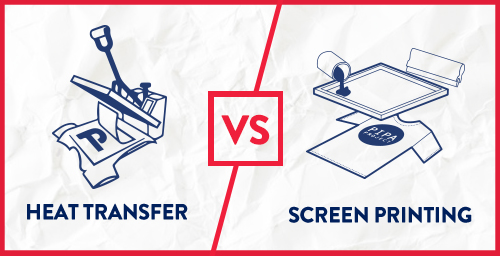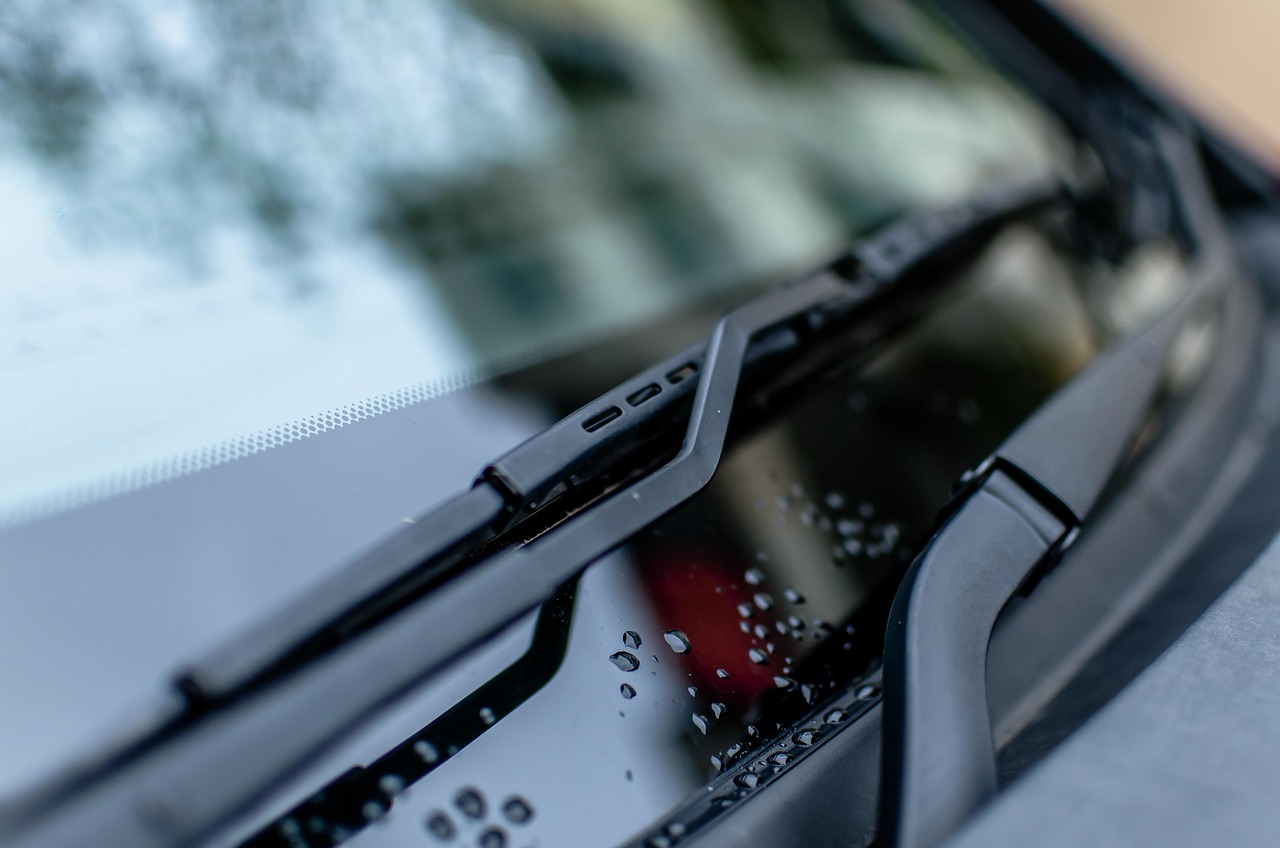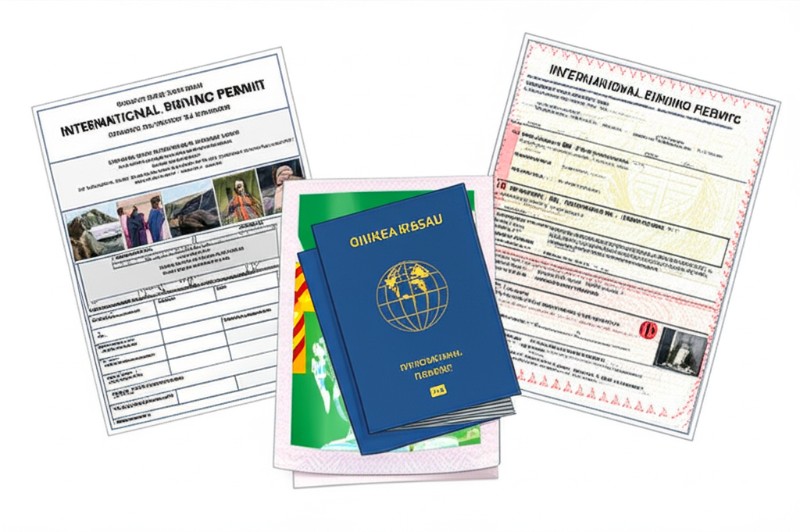Heat Transfer vs Screen Printing: Which Method Is Better for You?

Strong 8k brings an ultra-HD IPTV experience to your living room and your pocket.
When it comes to custom apparel, two popular printing methods dominate the market: heat transfer printing and screen printing. Whether you're launching a clothing brand or creating promotional t-shirts, it’s important to understand how these methods compare in terms of quality, cost, durability, and process.
In this article, we’ll dive into heat transfer vs screen printing, explain how each works, and help you decide which is better for your needs.
What Is Better, Heat Transfer or Screen Printing?
The answer depends on your goals. Let’s break it down:
Heat Transfer Printing
- Ideal for small batches or one-off designs.
- Great for detailed, full-color images (like photos).
- Easier and faster setup.
- Suitable for home businesses or beginners.
Screen Printing
- Best for larger orders (more cost-effective at scale).
- Produces vibrant colors, especially on dark fabrics.
- More durable for long-term wear.
- Requires more setup and materials, like screen printing ink and screen printing supplies.
Verdict:
- For small runs or photo-quality prints, go with heat transfer printing.
- For bulk orders and long-lasting designs, screen printing is the better choice.
Heat Transfer Printing vs Screen Printing Process
Here’s a side-by-side look at how each process works:
Heat Transfer Printing Process
- Design is printed onto a special transfer paper using inkjet or laser printers.
- The printed image is placed on the fabric.
- A heat press machine applies pressure and heat to transfer the design.
- The backing is peeled off, leaving the design on the fabric.
Screen Printing Process
- A stencil (screen) is made for each color in the design.
- Ink is pushed through the screen onto the fabric using a squeegee.
- Each color is applied separately.
- The print is cured using a heat source or dryer to set the ink.
Key takeaway:
- Heat transfer is simpler and more flexible but may not last as long.
- Screen printing takes more effort upfront but yields professional, durable results.
What Are the Disadvantages of Heat Transfer Printing?
While heat transfer printing is convenient, it does have some downsides:
- Lower durability: Designs may crack, peel, or fade over time, especially after many washes.
- Not ideal for dark fabrics: Some transfers don’t show up well unless a white base layer is used.
- Less breathable: The design layer can feel rubbery and may reduce fabric breathability.
- Limited for bulk: It becomes time-consuming and less cost-effective for large quantities.
If longevity and high-volume printing are your priorities, screen printing is usually the better investment.
What Lasts Longer, Heat Press or Screen Print?
Screen printing lasts significantly longer. The ink used in screen printing bonds directly with the fabric and can withstand repeated washing and heavy use without fading or cracking.
Heat press transfers, especially vinyl or standard transfer paper types, typically last around 25–50 washes before signs of wear appear.
Tip: Using high-quality screen printing ink and proper curing methods can make screen-printed designs last for years.
Is Heat transfer Better Than Screen Printed?
“Heat sealed” usually refers to designs applied using a heat press, including heat transfer vinyl or printed transfers.
While heat-transfer graphics offer:
- Quick turnaround
- Full-color capability
- No screen or stencil setup
...screen printing is still better when it comes to:
- Durability
- Fabric feel (softer finish)
- Color vibrancy on all fabric types
If you're printing athletic uniforms or short-run promotional items, heat sealing can be practical. But for merchandise or branded apparel, screen printing usually wins.
Conclusion: Which Should You Choose?
When comparing heat transfer vs screen printing, the best method depends on your needs for durability, volume, and design complexity. Heat transfer printing is ideal for short runs, detailed or photo-realistic images, and quick production with minimal setup. However, it can wear out faster with repeated washing. In contrast, screen printing offers superior longevity, making it the better choice for bulk orders and long-term wear. It provides vibrant colors, especially on dark fabrics, and a softer, more professional finish—especially when using high-quality screen printing ink and reliable screen printing supplies. For one-off custom shirts or fast turnaround, heat transfer is practical. But for businesses aiming for high-quality, long-lasting apparel, screen printing remains the industry standard.
Note: IndiBlogHub features both user-submitted and editorial content. We do not verify third-party contributions. Read our Disclaimer and Privacy Policyfor details.







